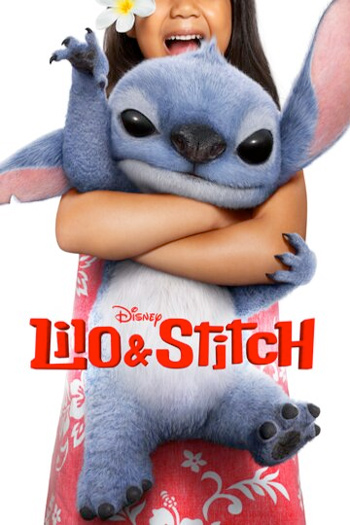
Disney / Buena Vista
The 2002, cel-animated Lilo & Stitch was an unlikely hit at a time when unlikely was the only kind of hit Disney was likely to get.
The previous decade had started out strong with The Little Mermaid, Beauty and the Beast, Aladdin, and The Lion King—of which more in a moment—but with Katzenberg’s departure the Disney Renaissance lost its Lorenzo Medici, and the success of Toy Story and Shrek signaled that family audiences were looking for something a little rougher, smarter, and brattier than the lavish musical epics Disney was known for.
And boy howdy, Stitch was a brat.
Made for a fraction of the cost of Tarzan, Lilo & Stitch had the unvarnished feel of a straight-to-video release (the budget didn’t allow the characters to have shading or even pockets on their clothes).
The title characters didn’t feel Disney: the movie starts with Lilo biting a kid who’s making fun of her, something I just can’t see Belle or Ariel doing.
Stitch is pure chaos, a genetically engineered killing monster who escapes from the Galactic Federation before they can send him into permanent exile.
He joins up with Lilo, who mistakes him for a dog (all Disney animals are basically dogs in disguise).
E.T. this ain’t: their unlikely bond makes them partners in disaster, like those kids at the next table at Denny’s who throw pieces of their French toast at you. After decades of putting sweet, doe-eyed tots on the screen, Disney had finally made a children’s film that acknowledged what real children are like.
Although Lilo & Stitch was not the first of the so-called Experimental Era of Disney, it was one that officially told us the Disney Renaissance was over. The teaser trailers showed Stitch “invading” classic scenes from The Little Mermaid, Beauty and the Beast, Aladdin, and The Lion King, a narrative needle rip that somehow celebrated and demolished Disney’s legacy at the same time.
Given all this, it’s not surprising that in a time when the Mouse is once more showing creative fatigue, Lilo & Stitch should once again come to the studio’s rescue. Having ransacked the Golden, Silver, and Renaissance eras for material, the 2025 Lilo & Stitch is the first Experimental-Era film to get the live-action treatment.
What is surprising is how well the movie still works. It’s fun: loud fun. Pulls the heartstrings only when necessary. When it works best is when it diverges the least from the original. With one or two notable exceptions, nothing important has been lost.
One of the unspoken assumptions behind Disney’s live-action remakes is that they’re supposed to fix whatever hasn’t aged well in the originals. So we have a girlboss Snow White who rescues her boyfriend, an openly gay Lefou who decides he can do better than Gaston, a Belle who doesn’t fall prey to Stockholm Syndrome. You know: role models.
Director Dean Fleischer Camp and co-screenwriters Chris Kekaniokalani Bright and Mike Van Waes—newcomers and indie faves all—likewise soften the rougher edges, though not by much. This time Lilo (Maia Kealoha) doesn’t bite her frenemy, she just pushes her off the stage. Stitch (still voiced by his creator, Chris Sanders) doesn’t completely demolish the house during his boss battle with the Galactic Federation agents who’ve come to take him home. Stitch is no longer a raygun-happy killing machine when we meet him, just chaotic and easily bored.
These feel like the kinds of changes you make to please the MPAA (“Rated PG for scenes of shoving”). They don’t materially affect the tone. Lilo’s still “acting out” after the deaths of her parents. Stitch is still being an asshole. If you’re paying to see Lilo & Stitch, that’s what you’re paying for.
There are more significant changes that have the purists crying no pono! Chief among them is the way that the movie handles Lilo’s sister Nani (Sidney Adugong). Voiced by Tea Carrere in the original, Nani willingly sacrificed her youth to keep her family of two together after the deaths of their parents (her age wasn’t clearly established, but she was presumably old enough to serve as Lilo’s legal guardian). The humorless but humorously named social worker Coral Bubbles (Ving Rhames in the original, Courtney B. Vance now) is threatening to split them up unless Nani can hold down a job. Which she can’t, because Lilo and Stitch keep screwing things up.
Why she does this—and why the 2002 film presents it as the only choice she could conceivably make—is contained in the Hawaiian word ‘ohana, which translates as “family” though not always in the literal sense of blood relations. As both versions of the movie tell us, family means that nobody gets left behind or forgotten. Young as she is, Nani gives up everything to keep Lilo because that’s what you do.
I should pause to mention that Chris Sanders was no deep student of Hawaiian culture before Lilo & Stitch. He originally wanted to set his movie in a forest, then a mainland city. As the legend goes, Disney execs told Sander to pick a non-urban location to save on expensive crowd scenes. He chose the big island of Hawaii because he’d recently been there on vacation, where he noticed that his tour guide seemed to know every person they met. That’s how he learned about ‘ohana—which actually means “extended family,” including neighbors and even acquaintances.
The cultural resonance of ‘ohana is the emotional core of Lilo & Stitch, and it runs deeper than a casual viewing might suggest. For more than a century and a half—right up to the mid-twentieth century, in fact—Hawaiian children were forcibly separated from their families and sent to various boarding schools to learn English and erase any concept of their traditional culture beyond the hula-skirts-and-flowers level. Even today, Hawaiian children are more likely to be placed in foster care than most Americans. So when Nani says she’s going to keep Lilo with her, you know she’s not being headstrong. No Hawaiian would expect her to do otherwise.
Still, the updated Lilo & Stitch isn’t really about Hawaii, it’s about this place called the 21st Century, and in this time and place girls are supposed to be pursuing their own dreams. Remake-Nani applied to study Marine Biology, only to throw her acceptance letter into the trash after her parents died. We’re clearly meant to believe she should go away to school, and even Lilo puts her seal of approval on it. 2002 Nani is supposed to be with her sister because it’s the root of their culture and the world tears families apart. 2025 Nani is supposed to go to college because traditional cultures hold girls back.
The filmmakers go to some lengths to keep Nani from having to make an awful choice between her family and her dreams. First, they invent a new character. David (Kaipo Dudoit) was always a magic boyfriend who showed up to solve every problem. Now he’s got a magic grandmother, Tutu (Amy Hill), who “adopts” Lilo through a traditional process called hānai. This means Nani can go to school knowing that Lilo will be cared for (which leads me to wonder: why couldn’t Tutu have done that in the first place?). The remake also introduces a Rick & Morty-style portal gun that allows Nani to teleport back to Lilo’s side anytime she likes. See kids, you really can have it all!
The portal gun comes courtesy of the two aliens sent back to recover Stitch: Zach Galifianakis as Jumba, the mad scientist who created Stitch; and Billy Magnussen as Pleakley, the enthusiastic Earth specialist who turns out to know not very much about the planet he’s been studying for years. I miss Kevin McDonald as Pleakley—couldn’t they have brought him back?—but more than that, I miss cel animation. As we recently discovered with the remade Snow White, humans and CGI creatures don’t mix well.
It’s not just the aliens who don’t look right. Chris Sanders’s drawing style was so un-Disneyesque that he had to create a booklet, Surfing the Sanders Style, to help animators unlearn all their Disney-Renaissance lessons. When you’re obliged to cast live actors, a lot of this quirk is apt to get lost. When the script has Pleakley and Jumba use “cloning technology” to make themselves look like the actors playing them, I thought: wow, they really do not have confidence in their CGI.
In spite of all the changes large and small, Lilo & Stitch retains the irreverence that made it work a quarter century ago. The script has an intuitive understanding of what “acting out” is really about: not an act of defiance, but a refusal to thwart the only emotions that keep you going when the world is horrible. The movie is honest about working-class troubles and the dark side of the tourist trade (in the remake, Nani doesn’t have to dress like a sexy island girl while she waits tables, but her job is still pretty demeaning). The movie “gets” the older/younger sister dynamic in a way that even modern films rarely do. It makes the emotional payoffs feel earned and real.
Does it need to be a live-action remake to achieve that?
Of course not—but I do think the remake has a reason for being, and it’s not to make sure that Nani gets to college. The 2002 Lilo & Stitch was the anti-Disney Disney cartoon, a creative jolt after years of princess movies.
Extras include featurettes, bloopers, and deleted scenes.
Maybe the new Lilo & Stitch can do something just as radical in an era of overproduced I.P.-driven cash grabs: remind the studio that strong character relationships are the difference between the movies you remember and the ones that just make a pile of money. A little ‘ohana could do us all good.




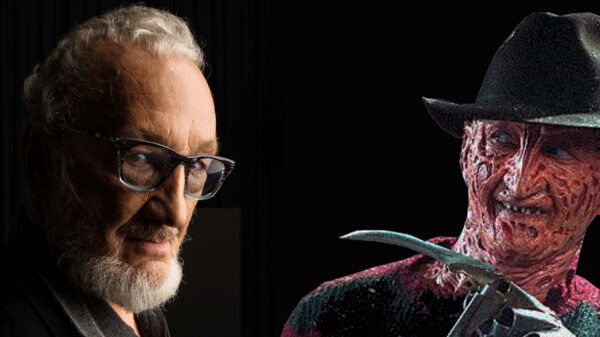
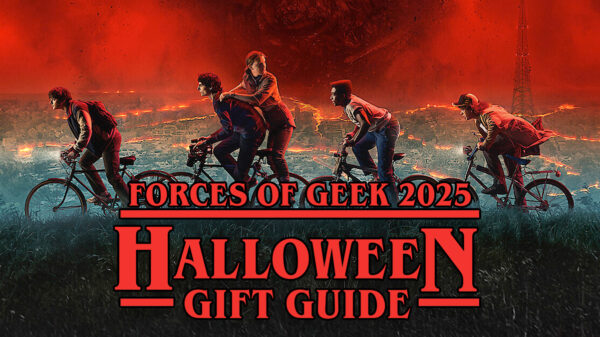
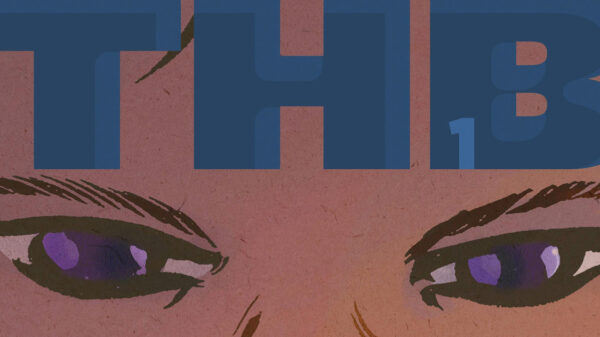

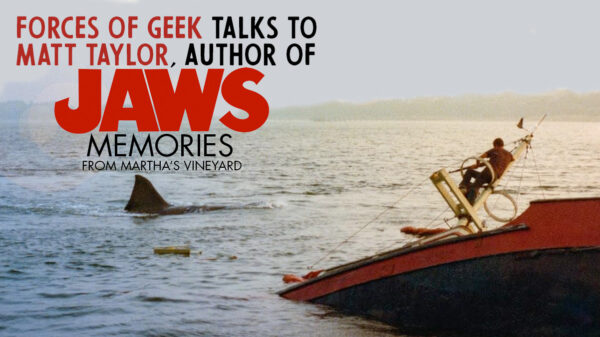
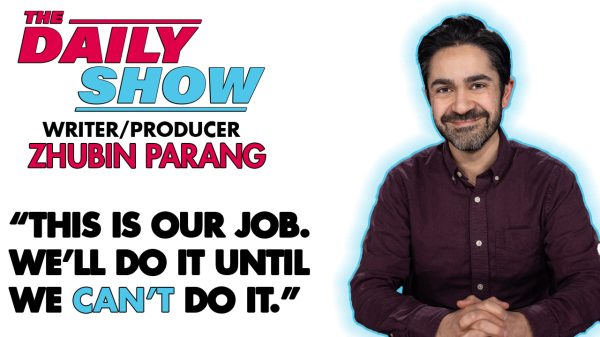
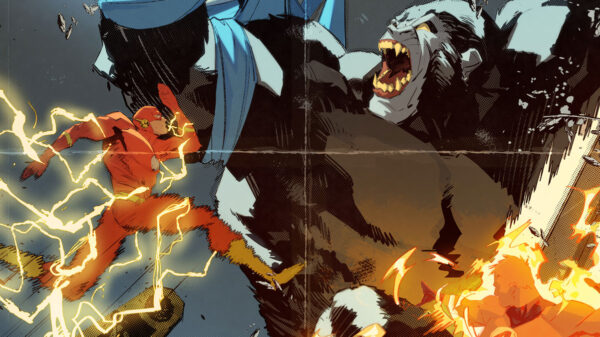
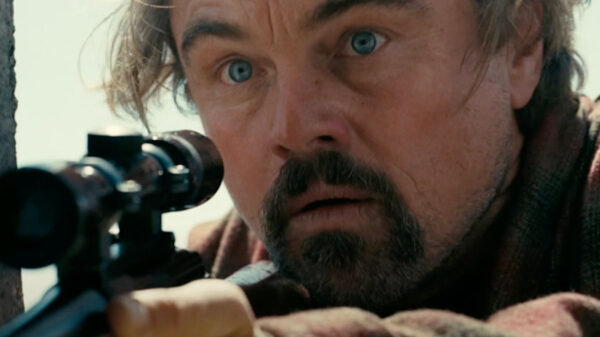
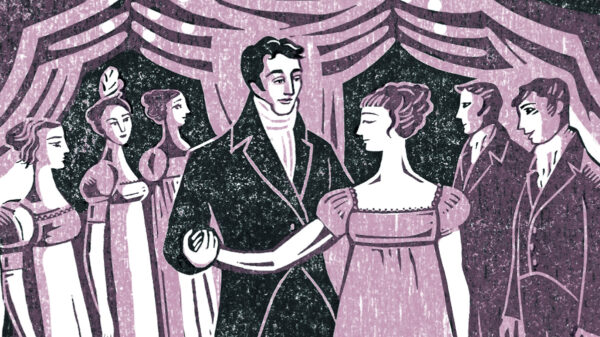
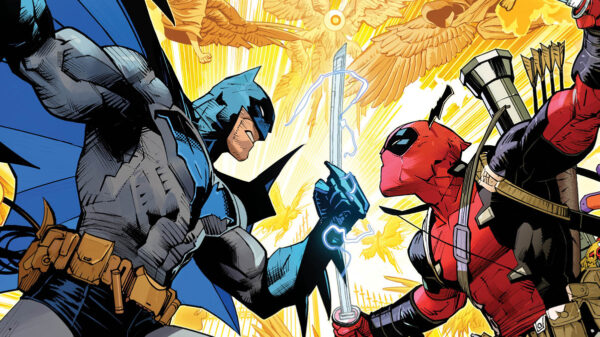
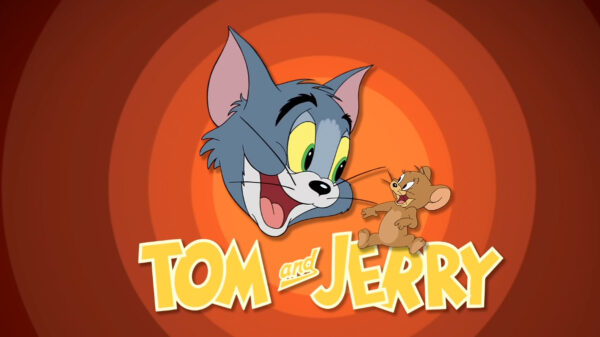



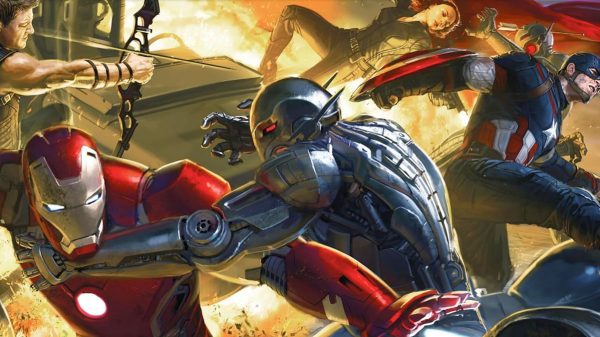

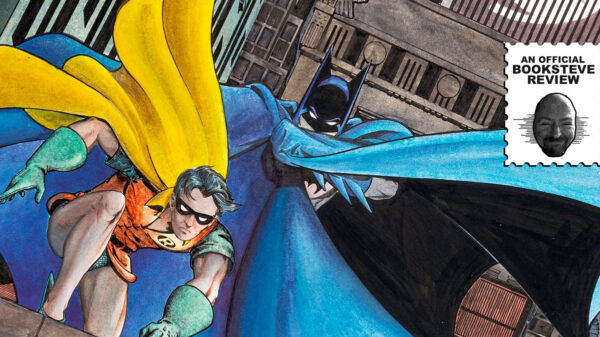
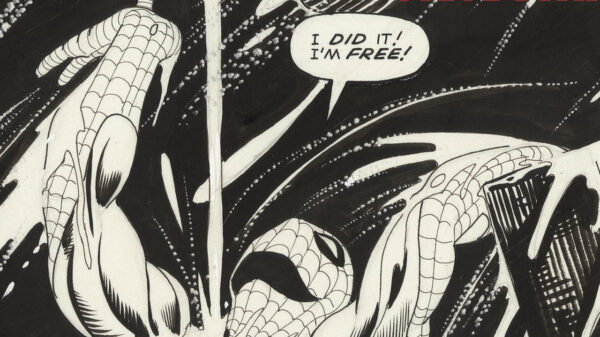
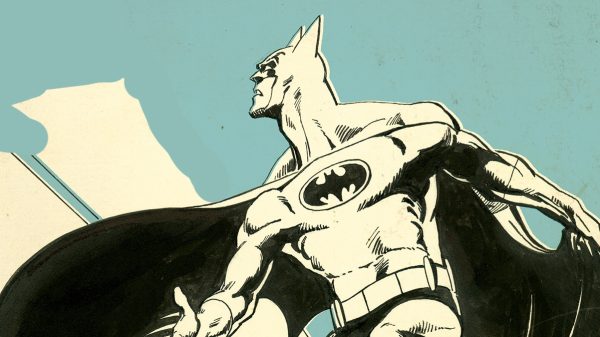

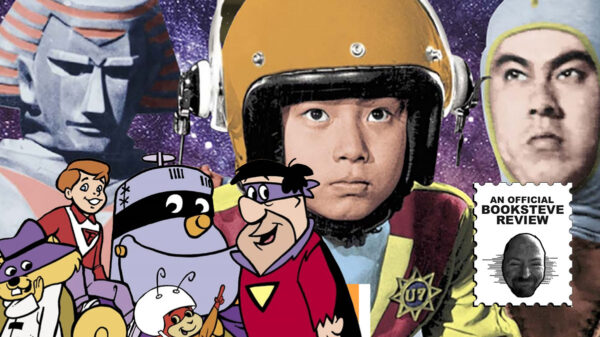
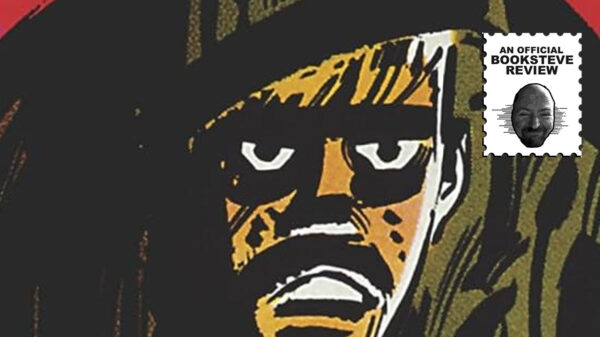
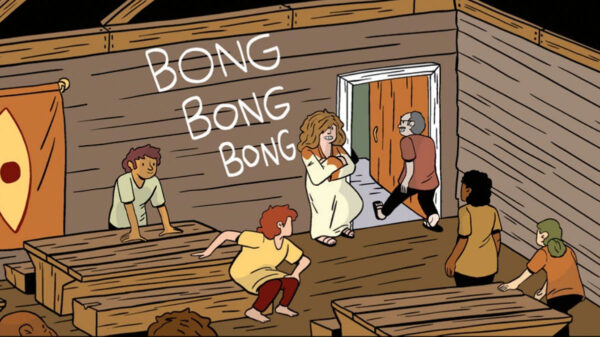
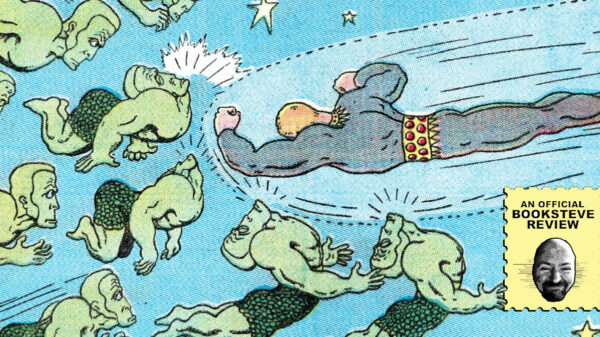
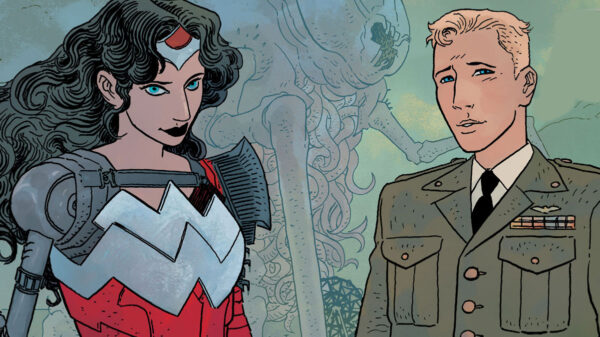









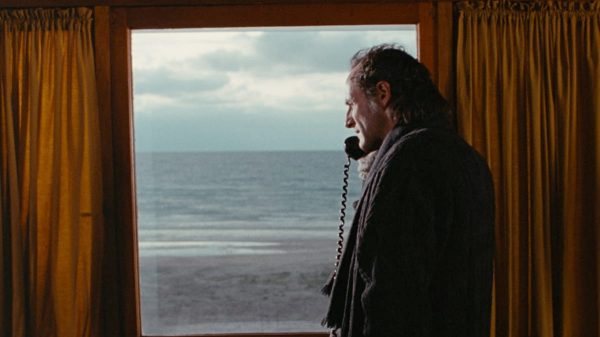
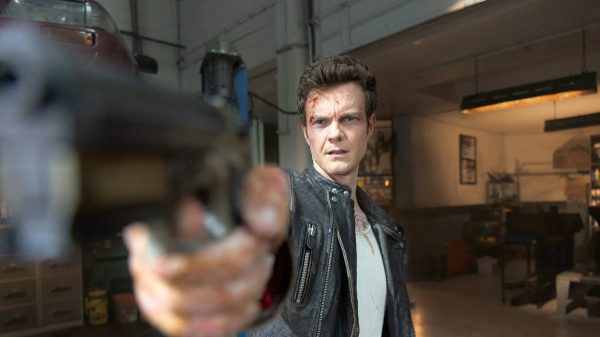
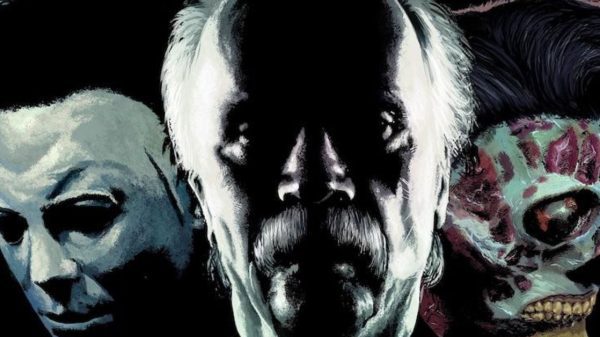
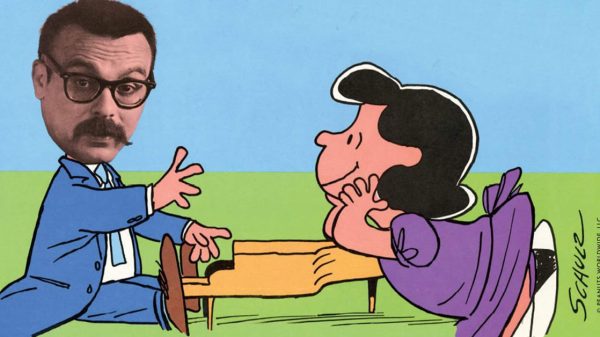
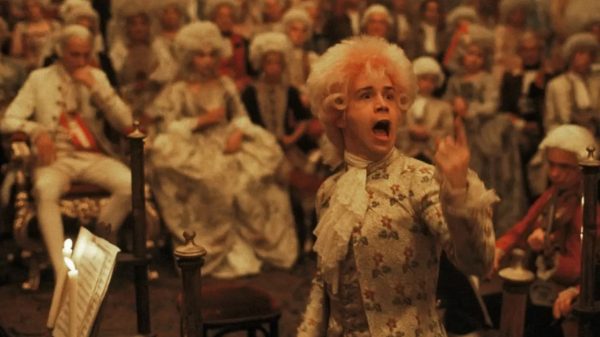











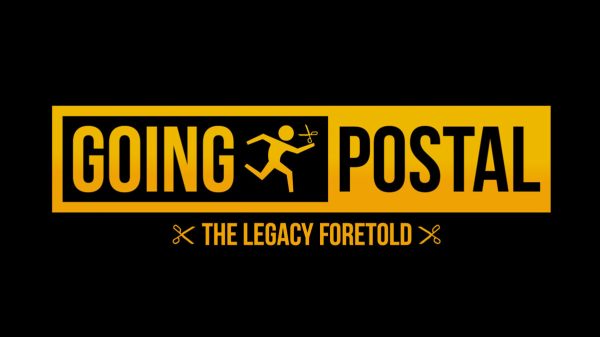
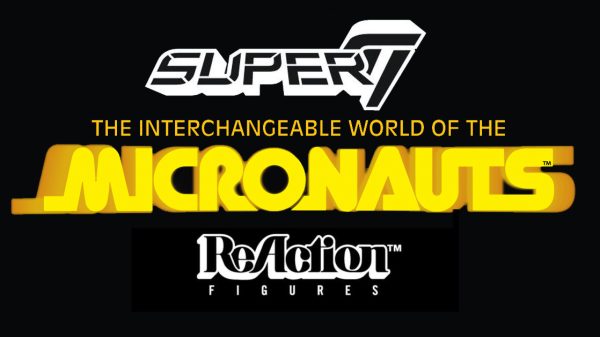
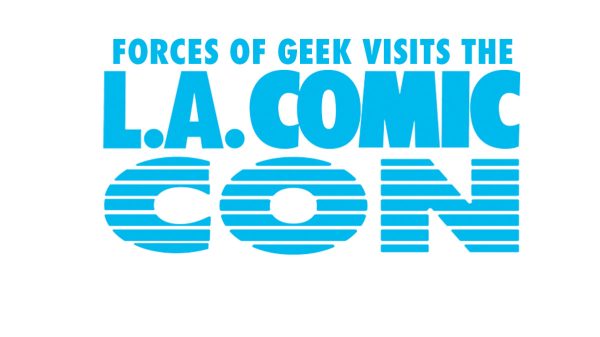
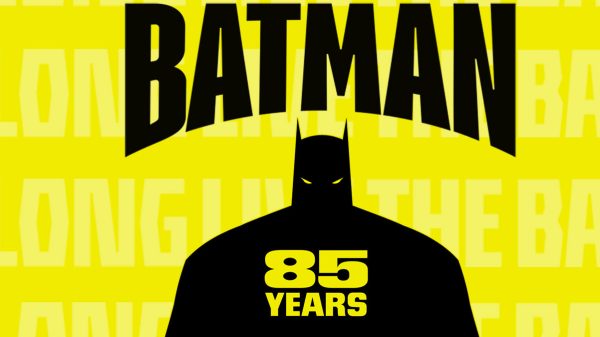


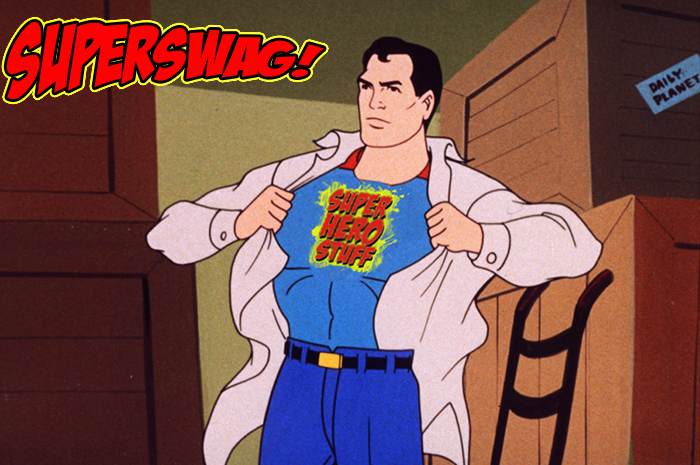

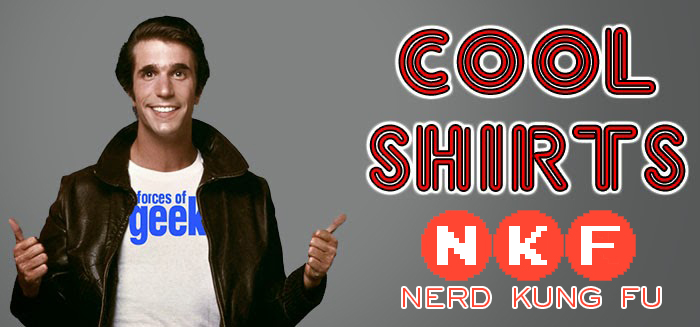
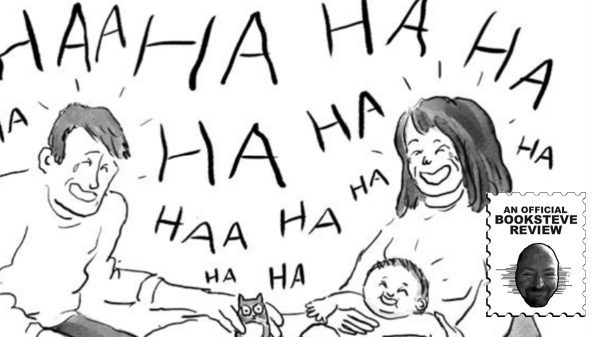



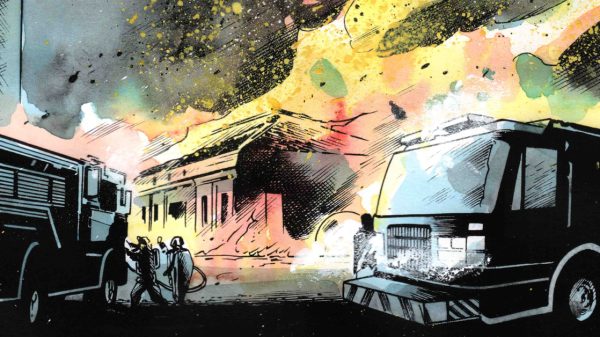




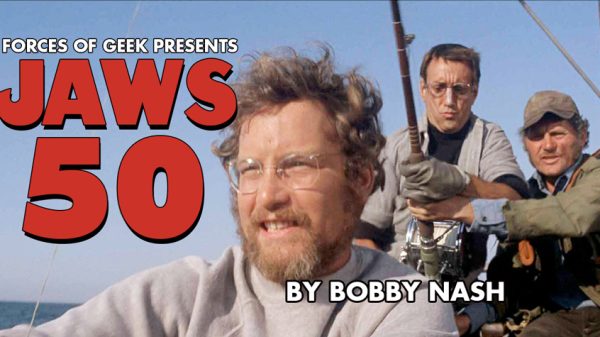









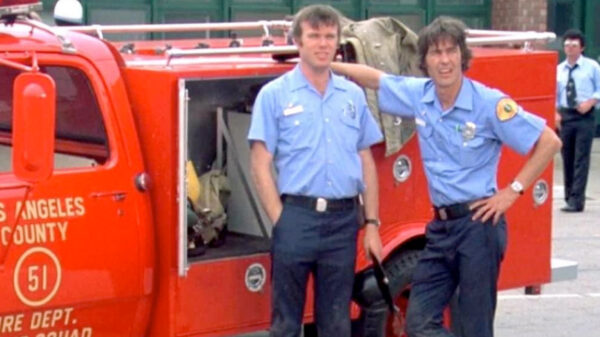
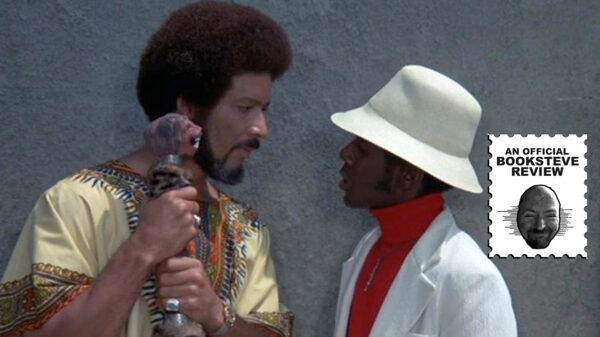
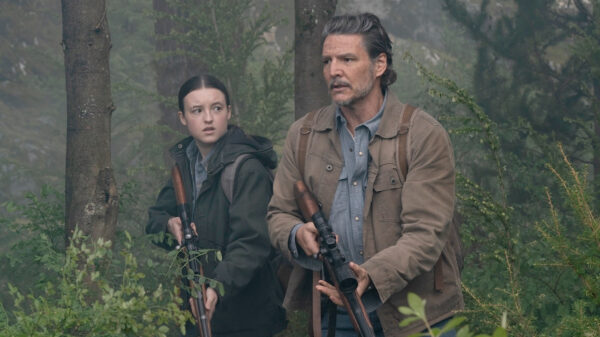




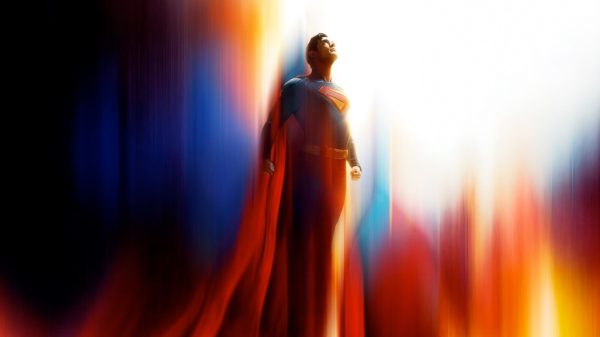

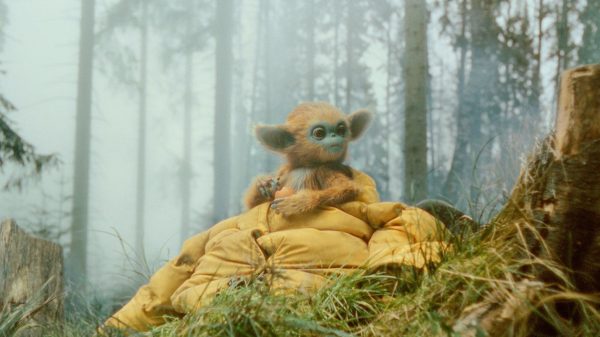



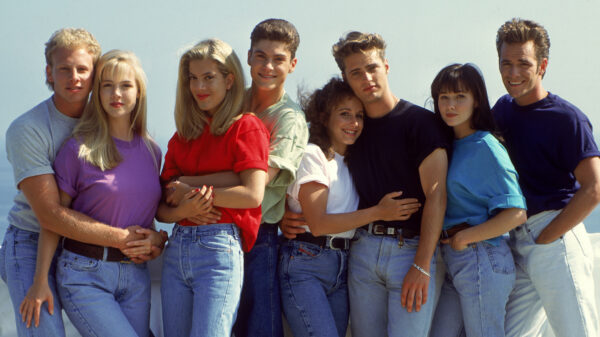

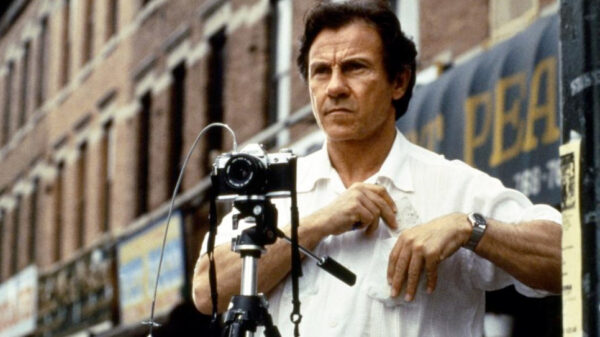





You must be logged in to post a comment Login